
Ancient roos bounce back
Palaeontologists from Flinders University have described three unusual new species of giant fossil kangaroo. Over the last decade, a series of discoveries around Lake Callabonna in arid South Australia have yielded multiple complete…
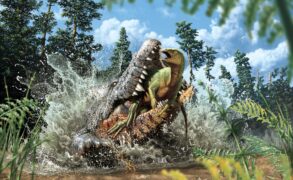
Crocodile eats dinosaur!
Neutron imaging of delicate fossils reveals what an ancient crocodile had for dinner. The Australian Age of Dinosaurs Museum has announced the discovery of Confractosuchus sauroktonos, a new genus and species of ancient…
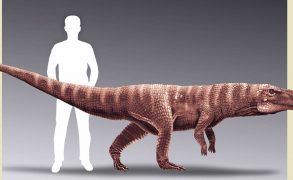
This prehistoric croc was faster on two legs, despite having flat feet
Scientists have found evidence that crocodile ancestors walked on their hind legs – like a Tyrannosaurus rex. Modern crocodiles crawl forwards with four legs all to the sides, but 120 million years ago,…
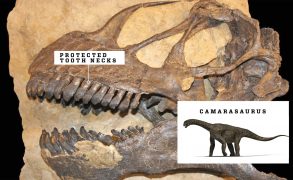
Giant Camarasaurus dinosaurs had beaks
Scientists from the University of Bonn in Germany have solved a mystery that has bothered palaeontologists for years. Discoveries have been made in many places around the world of dinosaur teeth preserved in…
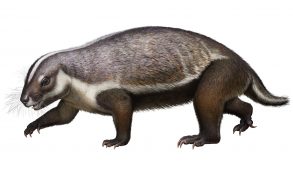
‘Crazy beast’ from the age of dinosaurs discovered
A new mammal from an essentially unknown group found only in the Southern Hemisphere has been revealed by international research involving palaeontologists from Monash University. The full fossil skeleton allows a reconstruction of…
Dogs: a caveman’s best friend
A 33,000-year-old dog skull found in Siberia presents some of the oldest evidence of dog domestication.
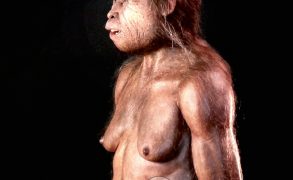
Mysterious old dwarf found in the Philippines
Scientists from the Australian National University have discovered bones and teeth that could add a new chapter to human history. Although the finds from the Callao cave in the Philippines are scarce, there…
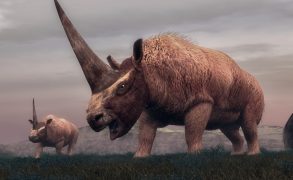
Our ancestors hunted a Siberian unicorn
A prehistoric rhinoceros nicknamed the Siberian unicorn roamed the tundra when modern man arrived in the region, according to new research. The rhino with the Latin name of Elasmotherium sibiricum weighed more than…

Two human species shared the same cave
The two human species to which we are most closely related lived close to each other for thousands of years. This has been established by archaeologists from the University of Wollongong in NSW,…
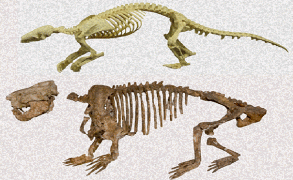
Fossil find solves evolutionary debate
It’s hard to track down members of a family when many of them disappeared millions of years ago.


